From Gobi To Tsaatan
18 night 19day trip
Day 1- National museum of Mongolia,Chinggis square,Tumen Ekh ensemble
Arrival at the airport, meeting with our driver. Transfer to your hotel, settling in, and rest.
Appointment at your hotel with your guide He will take you in the restaurant of your choice
Let’s immerse ourselves in the heart of the Mongolian history, in the wonderful National History Museum. Three floors of a rich, glorious, violent and noble past, from prehistory to Soviet period, including the creation of the great Mongolian Empire by Genghis Khan.
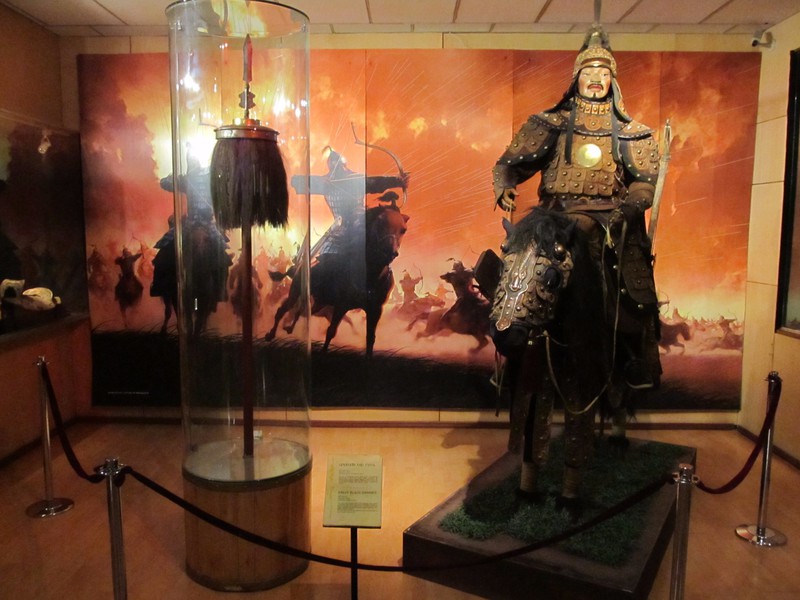
Walk in the centre of Ulan-Bator. Discovery of chinggis Khan Square and the House of Parliament.

Mongolian traditional show at Tumen Ekh: folkloric dances, contortion, and of course khoomi, the overtone singing
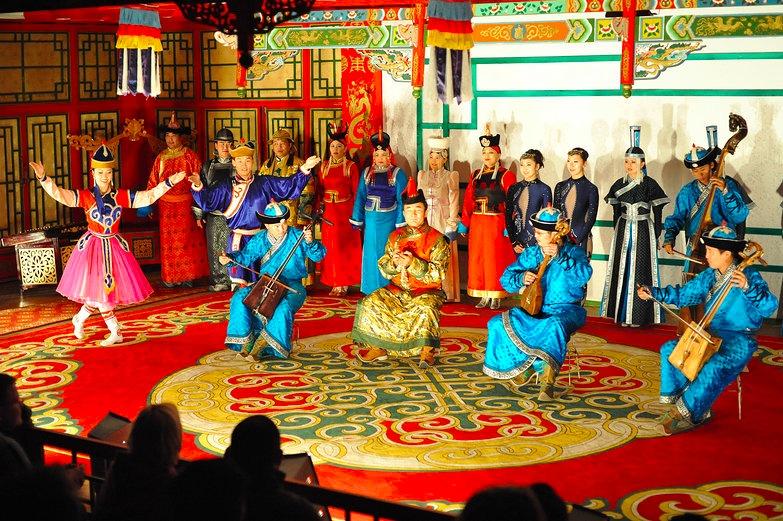
Day 2-Gandan monastery, Tsonjin Boldog-Chinggis Khan statue complex, 13th century complex
In the morning, lamas get together to pray. They will answer your questions at the Mongolian Buddhist Centre.
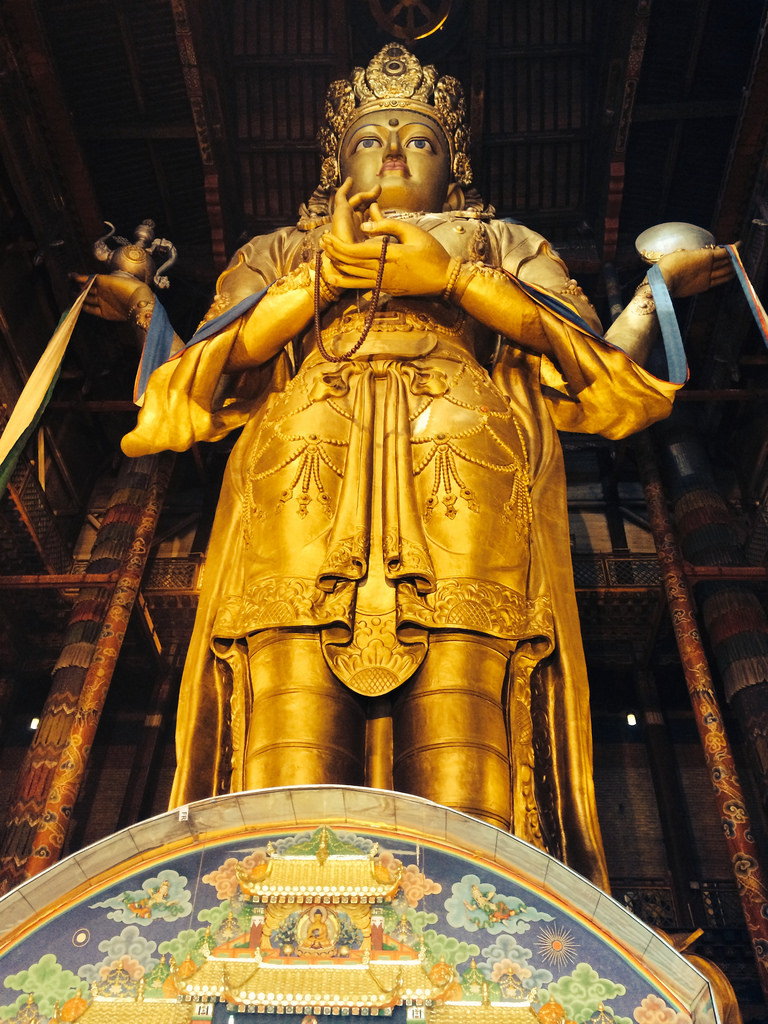
In Tsonjin Boldog-Chinggis Khan statue complex ,visitors walk to the head of the horse through its chest and neck, where they have a panoramic view.
The everyday life of herders, pastoral culture, the way of breeding in the life-stock, the methods of producing dairy products, horse training and catching horses with lasso pole, processing the leather straps, riding horses, yaks and camels are available with your choice to experience the life of XIII century in Mongolia.Overnight in the tourist camp.
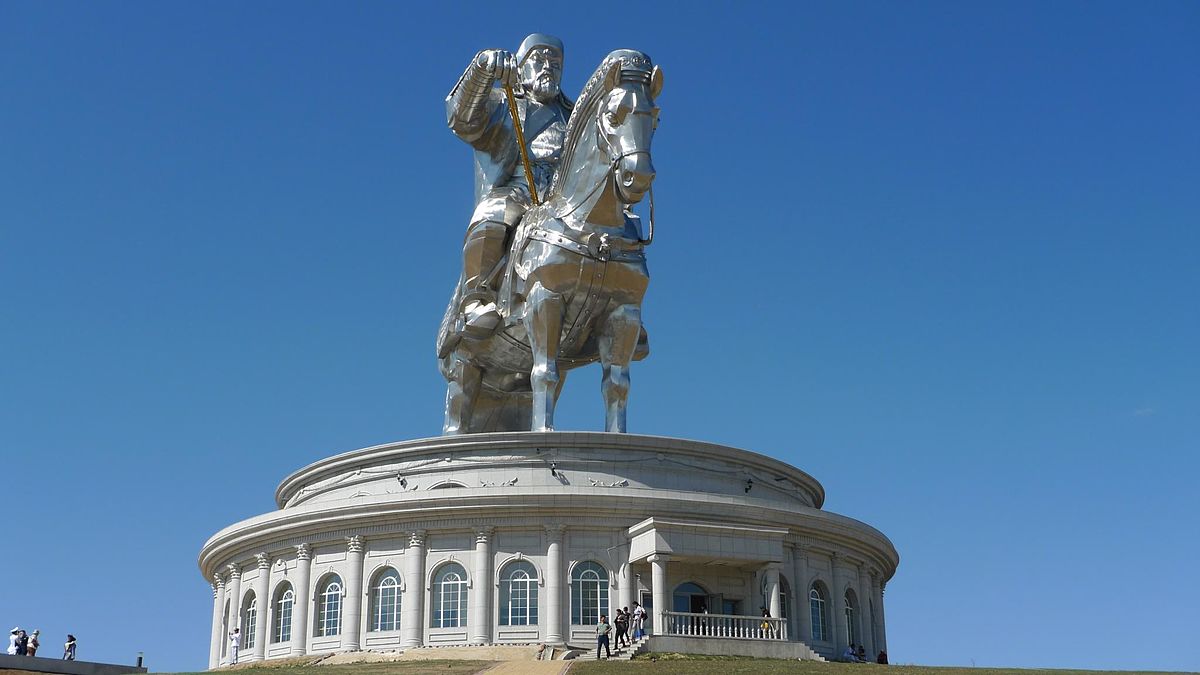
Day 3- Mandalgobi aimag,Baga gazriin chuluu (Baga gazar stone)
Early in the morning we will drive to visit Baga gazar stone.You will see beautiful and wonderful stone massif and wild sheep. In the 19th century, two respected lamas lived here, and we still can see their inscriptions in the rock. According to the legend, Genghis Khan too is supposed to have lived in this wonderful area where it’s pleasant to walk.Overnight in the tourist camp.
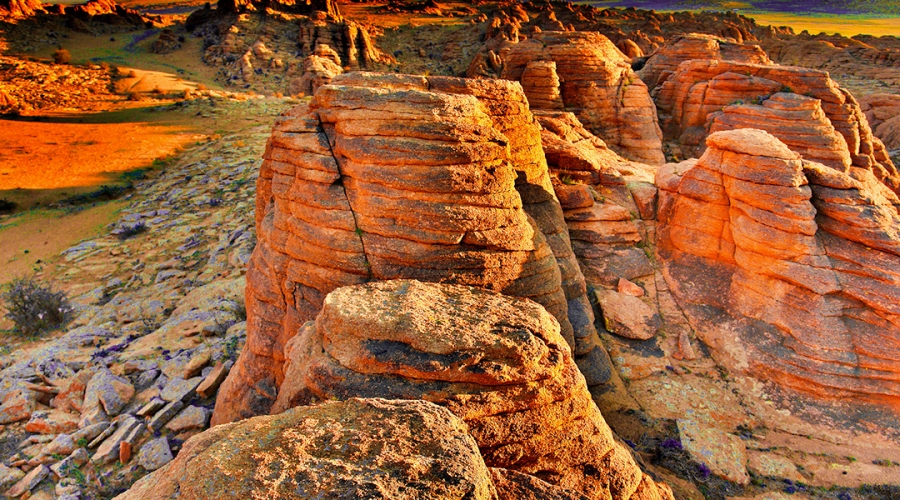
Day 4- Tsagaan suvarga-White stupa
We travel in one of the emptiest areas of Mongolia. Between rock desert and semi-arid steppes, we reach the white stupa, Tsagaan Suvarga. For centuries, this 30-metres (98,43 feet) high, abrupt, stupa-shaped mountain, is honoured by the Mongolians. The traveller will be surprised by the sumptuous lunar landscapes that evoke the end of the world, and by the many fossils. This area was totally covered by the sea a few million years ago.Overnight in the tourist camp.
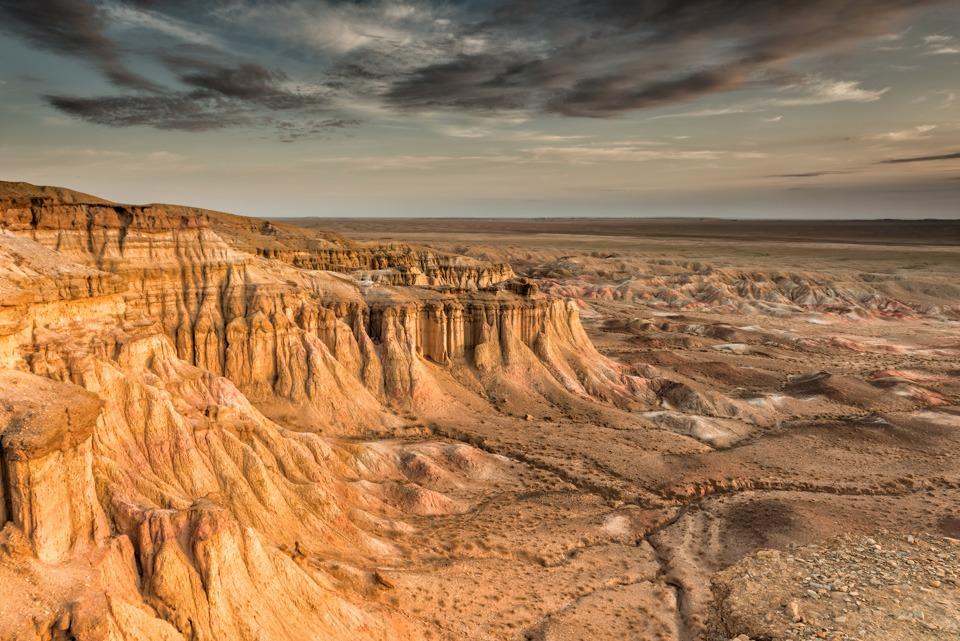
Day 5-Yoliin am-Canyon of Yol
Hiking in the canyon of Yol, the bearded vultures canyon. We will walk in the bottom of the canyon that if Yols covered with perpetual snow. The canyon is so steep-sided, that sunrays make the ice melt only in August. The rest of the year, there’s ice everywhere in the canyon.Overnight in the tourist camp.
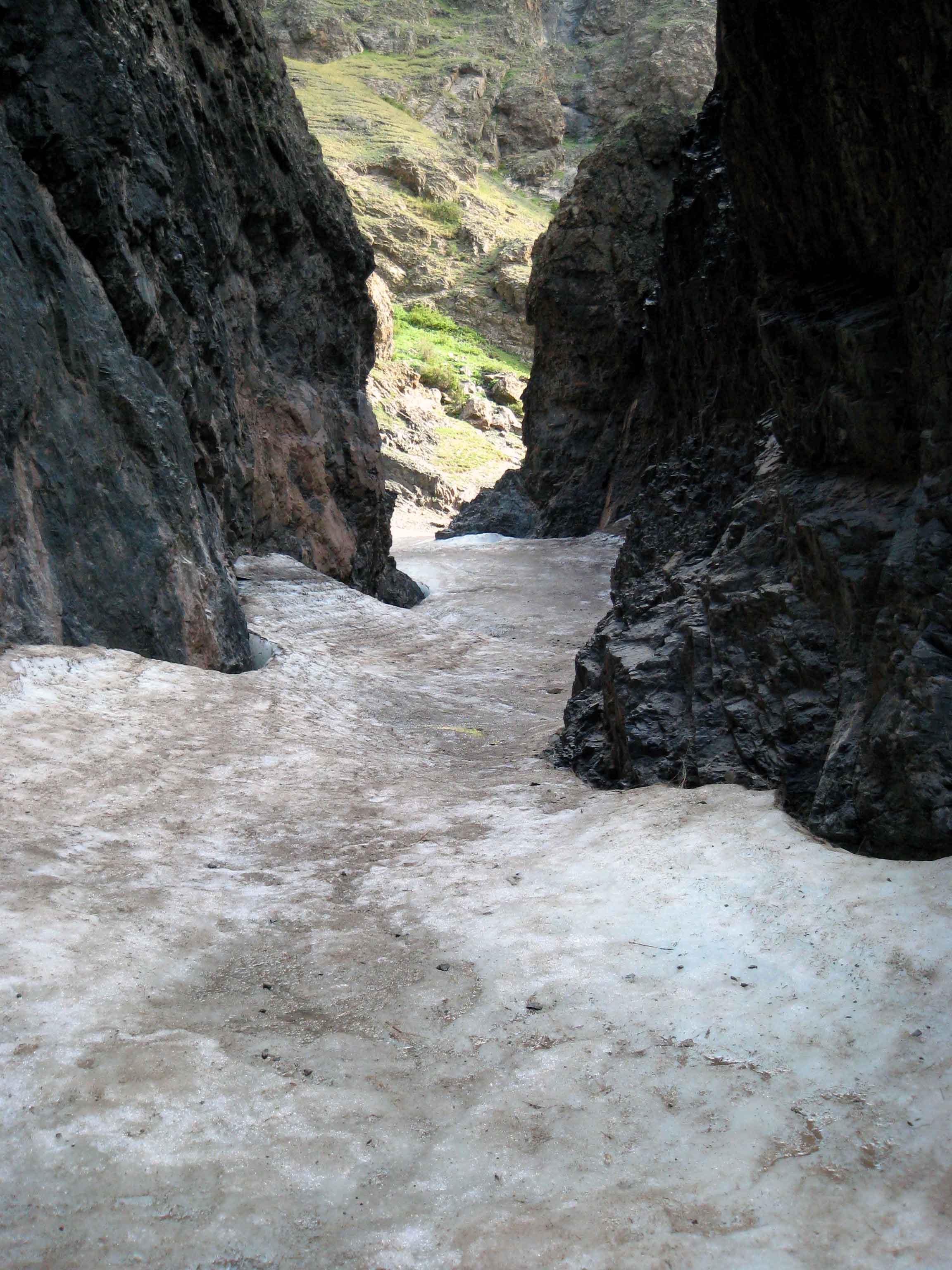
Day 6- khermen tsav-Khongor sand dunes
Early morning we will drive to Khermen tsav then we will drive to Khongor sand dunes are 130km from Canyon of Yol. Khongor sand dunes are the most important sand mass of Gobi Gurvan Saïkhan National Park. Its area is more than 900 square kilometres. It’s one of the largest sandy areas of Mongolia.Overnight in the tourist camp.
Day 7- Bayan zag-Red Cliff/Flaming cliff
Visit of the cliffs of Bayanzag, today best known as “flaming cliffs”, owing to their ochre red colour, where is located the “cemetery of dragons”. The cliffs and the saxaul forests that surround them are the evidence of the time when Earth was still inhabited by huge creatures : dinosaurs. Palaeontologist Roy Andrews Chapmanwas the first man to discover in 1922 some bones and eggs of dinosaurs that we can see today in the Natural History Museum of Ulan Bator and in other museums in the world.Overnight in the tourist camp.
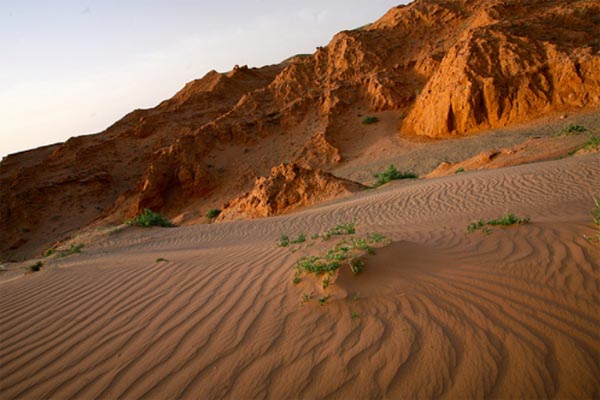
Day 8- OngiI Monastery
West Saikhan Ovoo, some mountains located along the Ongi River, are the perfect place to rest between Northwest of Mongolia and Gobi Desert. In the bends of the river, we can see the ruins of two monasteries, Barlim Monastery on the Northern bank, Khutagt Monastery on the Southern bank.Let’s discover this site, best known as Ong lamasery, and the museum. In 1937, the Soviets almost completely destroyed the homes and monasteries where one thousand lamas were living. In 2002, some lamas came back and began to rebuilt the monastery, with few resources but much enthusiasm.Overnight in the tourist camp.
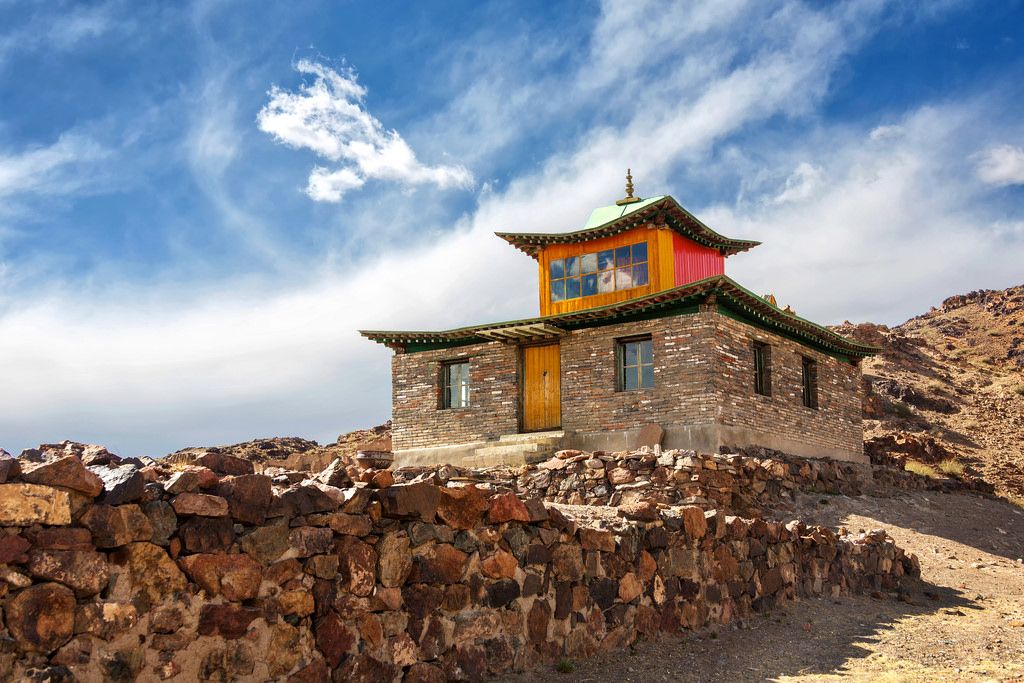
Day 9- Orkhon waterfall
After breakfast we will drive to Orkhon waterfall.Orkhon Falls white waves flowing on the black stone, transformed in rainbow by sunrays… These 16-metres high and 5-metres wide waterfalls are just magic.
Orkhon waterfalls formed 20.000 years ago after a unique combination of earthquakes and volcanic eruptions. In the heart of summer, their flow is very important, but they can dry up during spring. Overnight in the camp.
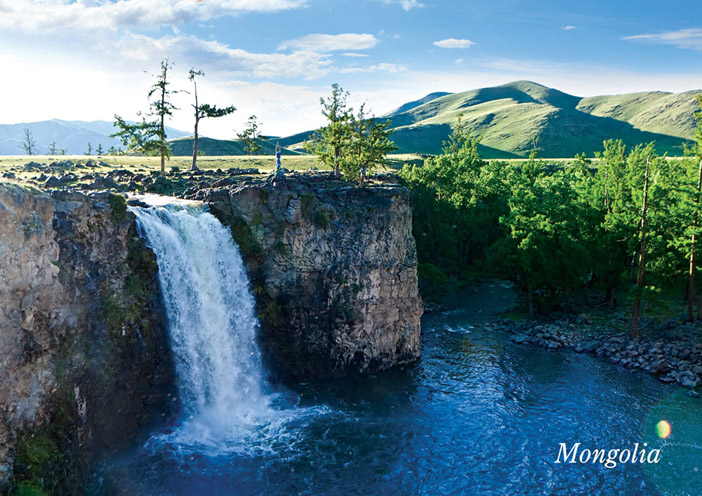
Day 10-Kharkhorin-Erdenezuu monastery
After breakfast we will drive to Kharkhorin city.Visit of Erdene Zuu Monastery, built in 1586 by a nomad prince. The Chinese and Tibetan-inspired buildings are surrounded with 108 sacred stupas. Visit of the Museum of Kharkhorin.Overnight in the tourist camp.

Day 11- Tsenkher hot springs
Arrival at Tsenkher hot springs, where you can lounge in the hot springs of the camp.
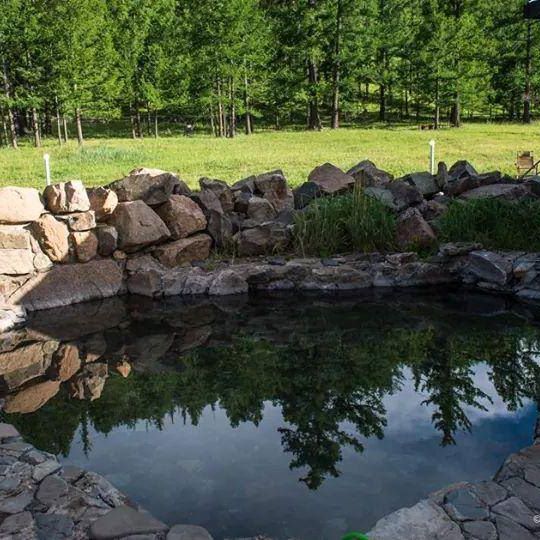
Day 12-Taikhar Rock-Chuluut River-Khoro volcano-Great white lake (Terkhiin tsagaan nuur)
Taikhar Rock is one of the tourist attractions when travelling to Arkhangai province. This big 20-metres high rock stands on a bank of Khoid Tamir River in Ikhtamir Soum. It’s covered with 150 writings in many different languages and dating back from many different periods (runic, Sogd, Uyghur, Mongolian, Nangiad, Tibetan writings).
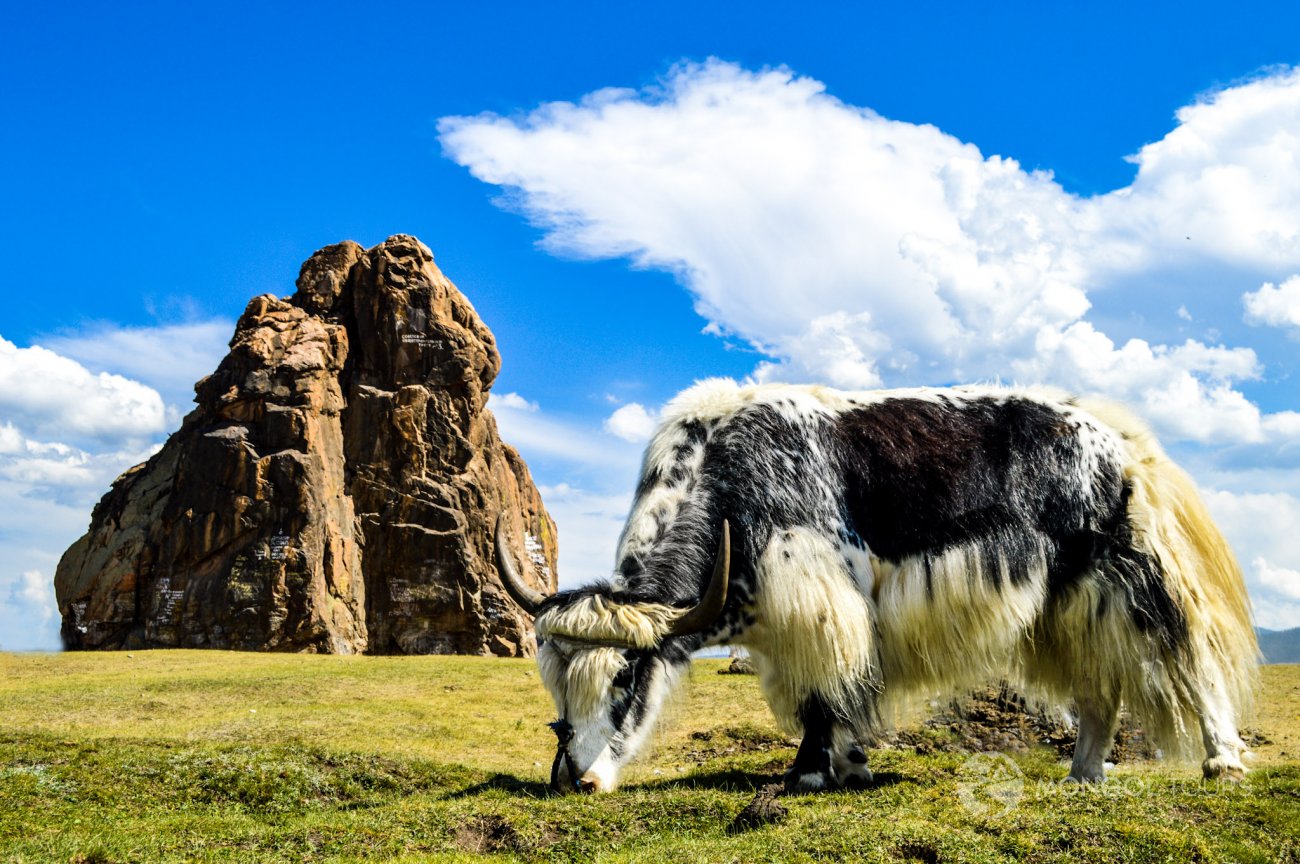
Chuluut River is a river flowing through the valleys of the Khangai Mountains in central Mongolia, and a tributary of the Ider River. It is 415 km long, the width at the mouth into the Ider river is 80 m, the maximum depth is 3 m. It is usually frozen from November to April.
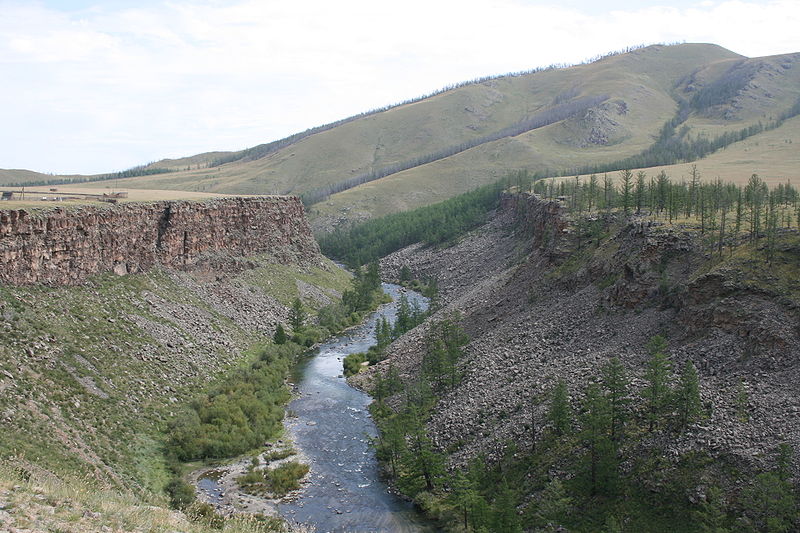
Khorgo volcano crater is situated at an altitude of 2210m,200m wide and 100 m deep.
Terkhiin Tsagaan Nuur Natural Park that is located 2060 metres above the sea level. This lake, called “the great white lake”, and its whole volcanic surroundings, are the emblematic area of the province of Arkhangai. The waters of the lake are full of fish and it’s possible to fish if you wish.Over night in the tourist camp.
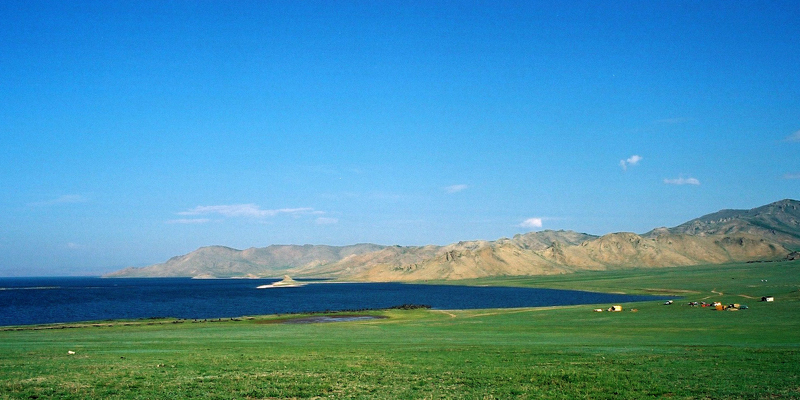
Day 13-Shine Ider-Zuun nuur (Zuun lake)
After breakfast we will drive to Zuun lake.This blue dollop of water is located 13km north of Shine-Ider village and about 100km southwest of Mörön.Overnight in the tourist camp.
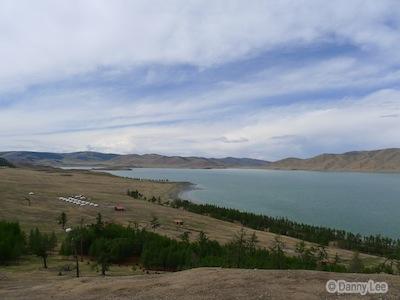
Day 14,15-Khatgal-Tsaatan-Reindeer people
Khatgal is 100km from Shine Ider soum.Overnight in the tourist camp.
The Tsaatan (reindeer people) are the last reindeer herders who survived for thousands of years inhabiting the most remote subarctic taiga, moving between 5 and 10 times a year. Overnight in the reindeer family.
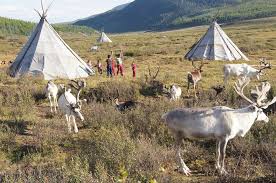
Day 16-Moron-Urantogoo
Let’s journey to the Uran Togoo National Park. Uran Togoo is known the most beautiful and visited volcanos of Mongolia. A dormant volcano today, it was very active 25 to 20 million years ago. At this exact location we can find an abundant flora and fauna made for an exceptional site for nature’s lovers. The lava that was present here thousands of years ago left a very rich soil that allows growth for a wide variety of plants.overnight in the tourist camp.
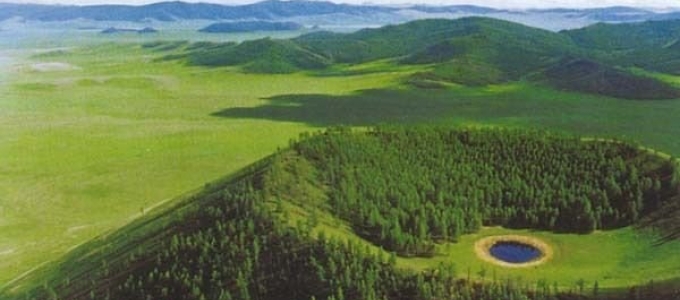
Day 17-Erdenet city-Ulanbator city
Erdenet is the second-largest city in Mongolia and the capital of the province of Orkhon. Officially known as Bayan-Öndör sum. Located in the northern part of the country, it lies in a valley between the Selenge and Orkhon rivers about 241 kilometres northwest of Ulaanbaatar, the capital. The road length between Ulaanbaatar and Erdenet is about 370 km.Overnight in the hotel.
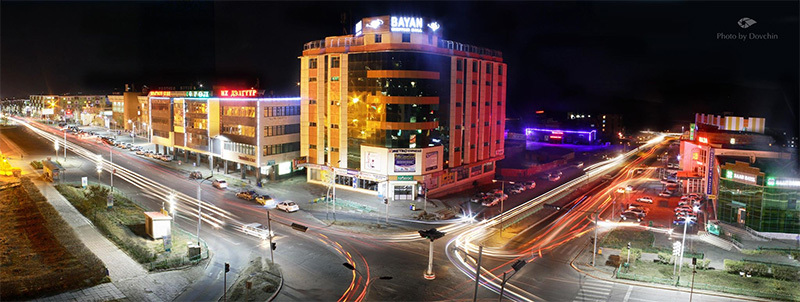
Day 18-Ulanbator city-Free day
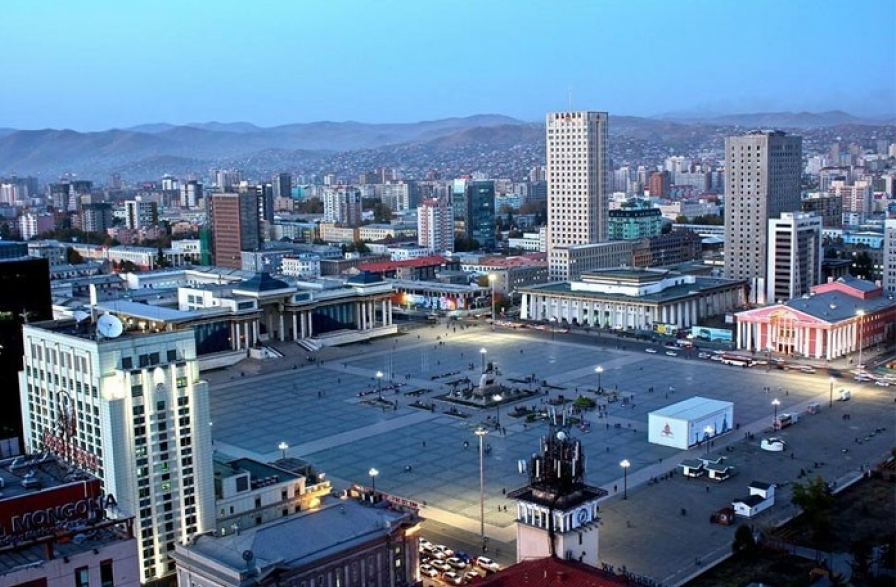
Day 19-flight back
End your tour.You will be transferred to the airport.